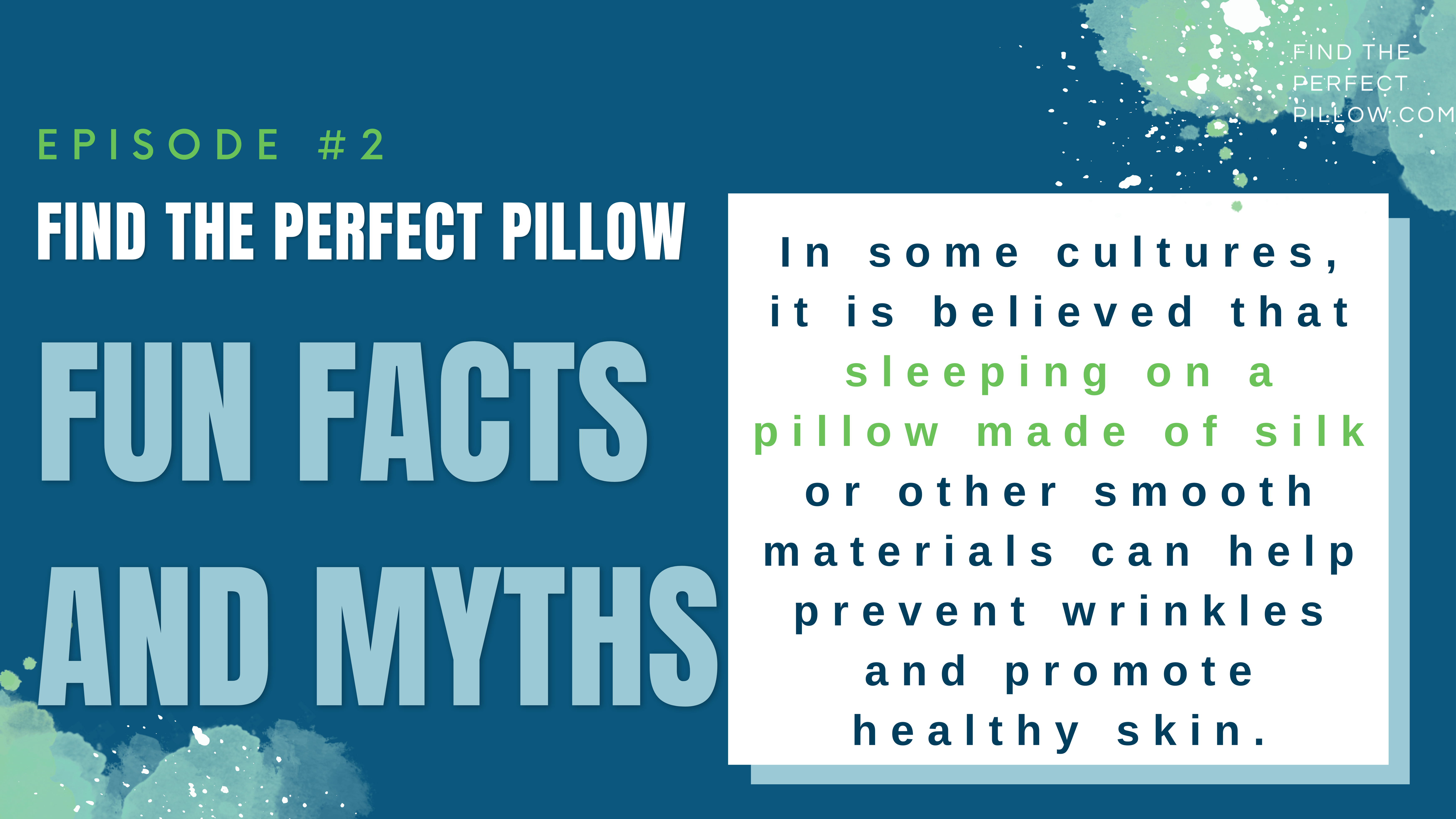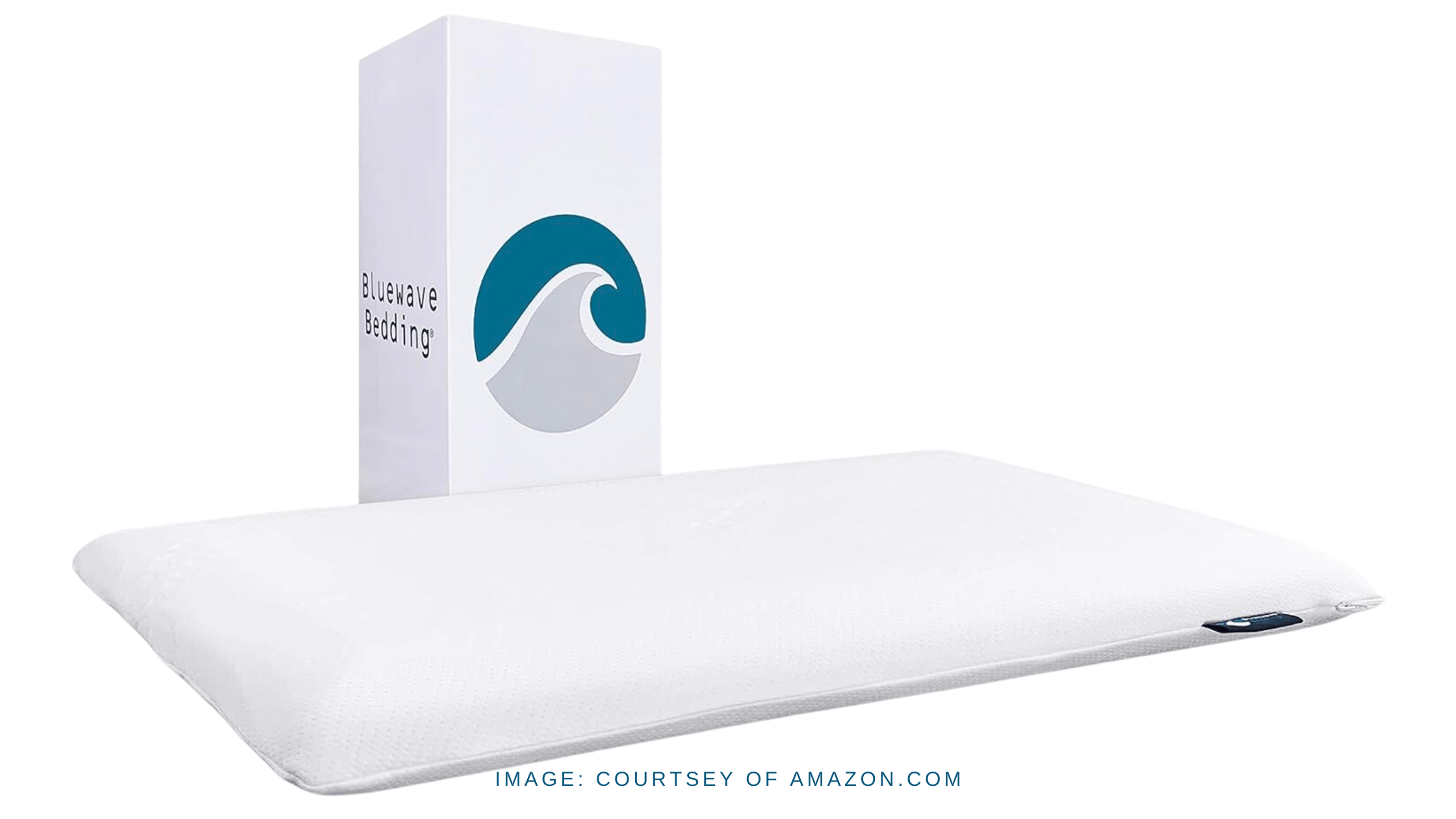Affiliate Disclosure Statement: At FindThePerfectPillow.com, we may earn commissions through affiliate links, including Amazon, at no additional cost to you. Our recommendations are driven by expertise and honest research—never by payment. For full details, visit our Affiliate Disclosure Page. Thank you for trusting us as your go-to pillow authority!
Hypoallergenic pillows are a great choice for those with allergies or sensitivities, as they are designed to minimize the risk of an allergic reaction or asthma symptoms. However, it’s important to keep them clean and allergy-free in order to ensure a comfortable and healthy sleep environment. In this article, we’ll be discussing the importance of cleaning your hypoallergenic pillow, how to clean the cover and vacuum the filling, using a pillow protector, and when to replace your pillow.
The Importance of Cleaning Your Hypoallergenic Pillow
Cleaning your hypoallergenic pillow regularly is important in order to remove allergens such as dust, dander, and dust mites that may have accumulated over time. This will not only help to prevent allergic reactions but also ensure maximum comfort while sleeping.
How to Clean Your Hypoallergenic Pillow Cover
The best way to clean your hypoallergenic pillow cover is by washing it with a mild detergent and allowing it to air dry completely. Make sure to read the care instructions first, as some materials may require special treatments such as washing separately or tumble drying on low heat.
Vacuuming the Filling of Your Hypoallergenic Pillow
Regularly vacuuming the filling of your hypoallergenic pillow is a crucial part of keeping it clean and allergen-free. It helps to remove any dust, dander, or other allergens that may have collected in the material over time. However, it’s important to use the right vacuum attachment to avoid damaging the delicate fibers of your pillow. Check out our article on the “Best Vacuums Specifically Designed for Cleaning Pillows” to find the perfect tool for the job and ensure your hypoallergenic pillow stays in top condition.
Using a Pillow Protector for Extra Protection
Regularly using a hypoallergenic pillow protector when your pillow is not in use can help prevent dust mites from accumulating in the fabric while also providing extra protection against wear and tear. Choosing a hypoallergenic pillow protector can also ensure maximum protection against allergens. Check out our article on Pillow Covers and Pillow Protectors to learn more.
When to Replace Your Hypoallergenic Pillow
It’s important to replace your hypoallergenic pillow more frequently than traditional pillows in order to keep allergens at bay and ensure maximum comfort while sleeping. Experts recommend replacing your pillow every 1-2 years, depending on its condition.
Conclusion
Hypoallergenic pillows are designed to minimize the risk of allergic reactions and asthma symptoms, but keeping them clean and allergy-free is essential for optimal sleep quality. Regular cleaning of the cover and vacuuming of the filling can help remove allergens such as dust, dander, and dust mites. Additionally, using a hypoallergenic pillow protector when the pillow is not in use can provide extra protection against allergens. Remember to replace your pillow every 1-2 years to maintain maximum comfort and protection. For more information on pillow care and reviews, visit findtheperfectpillow.com.






